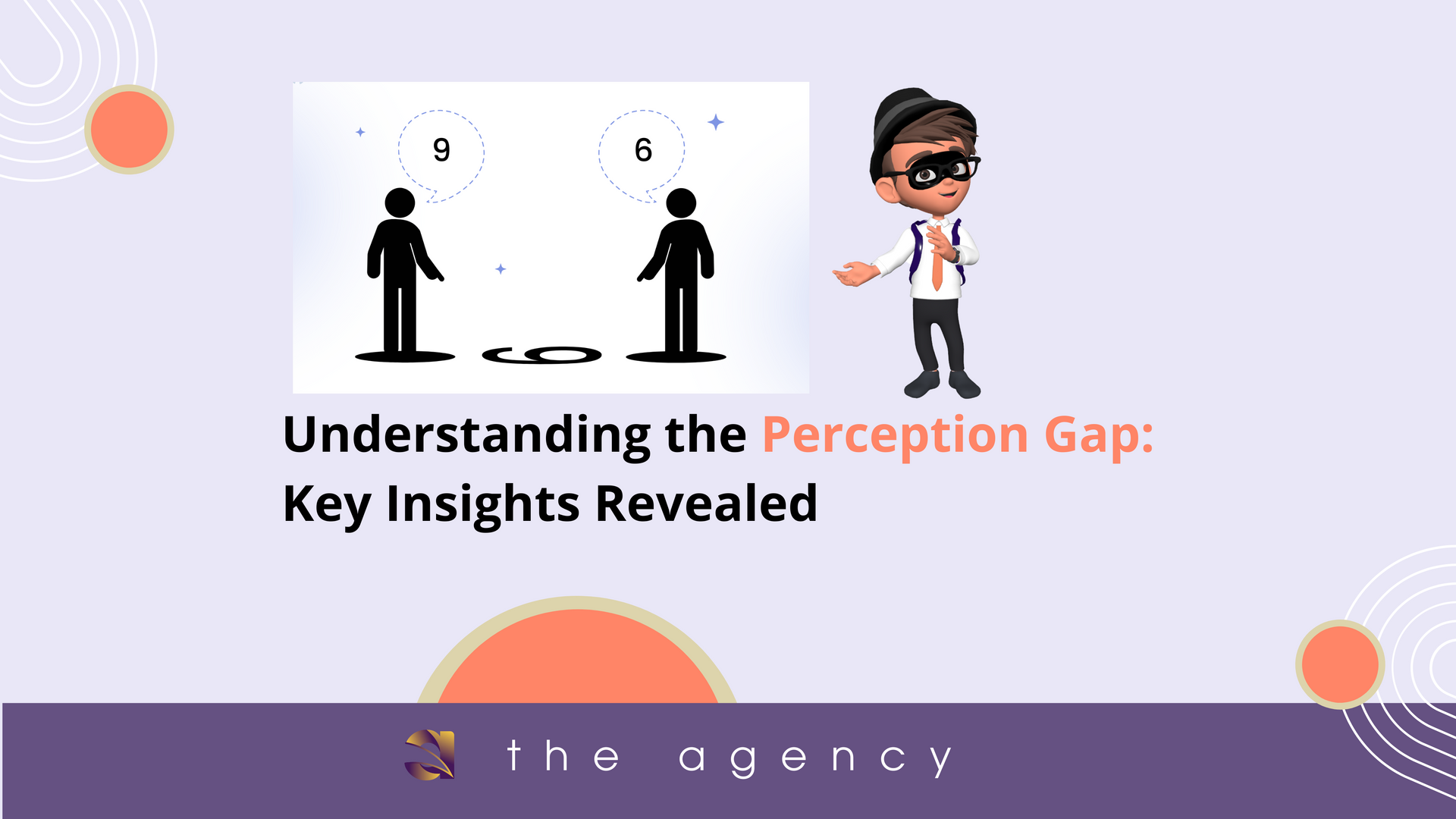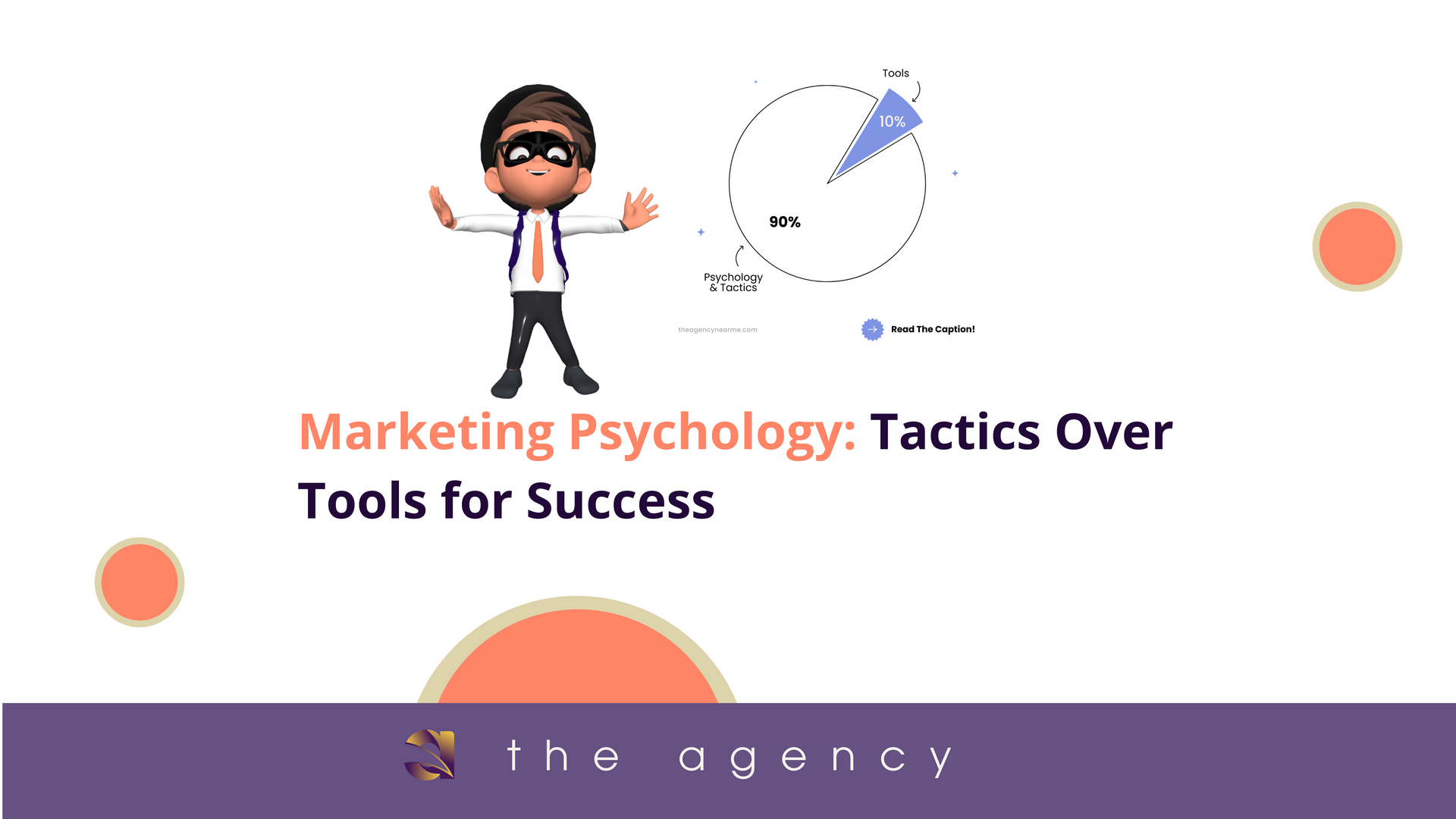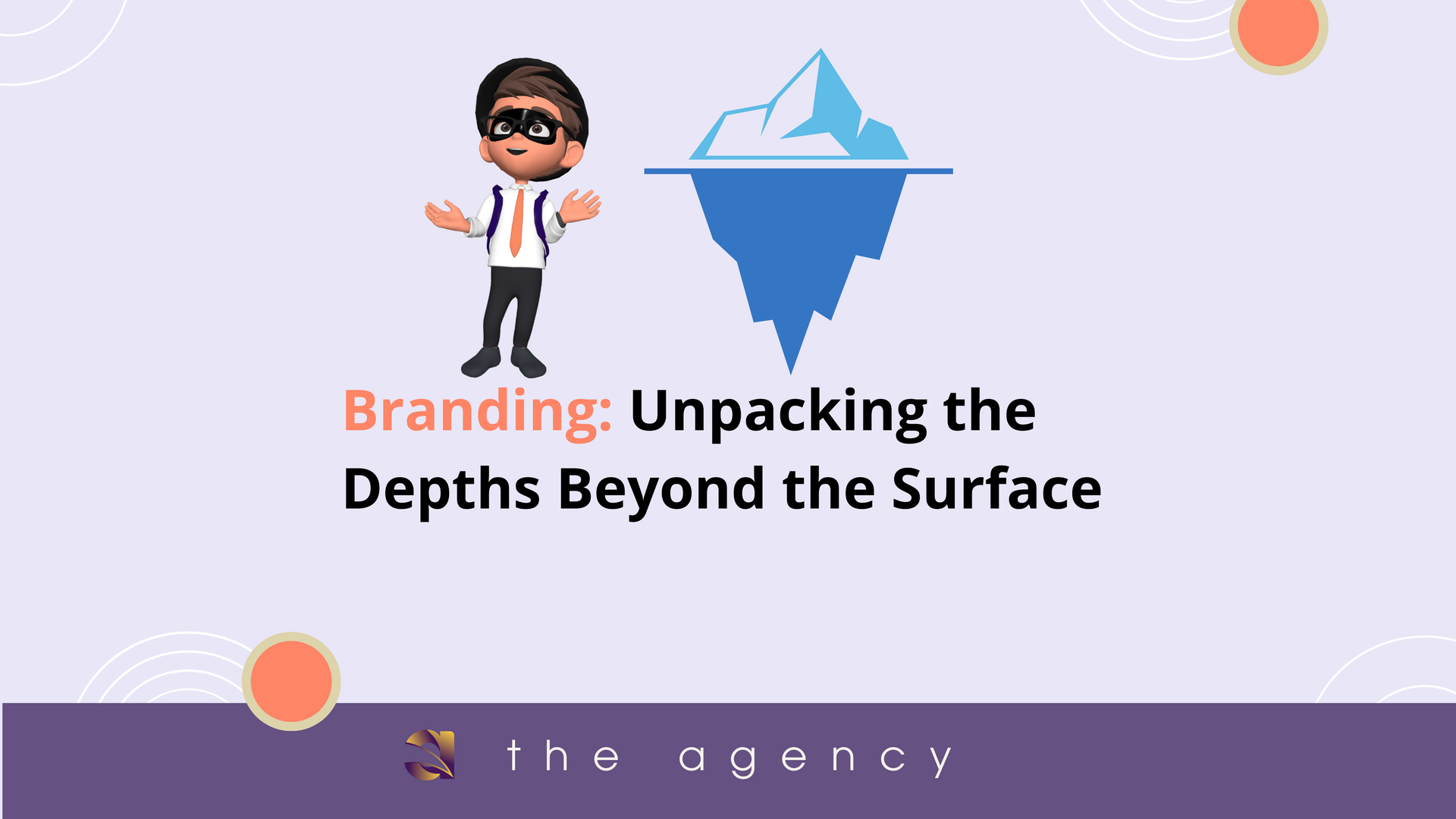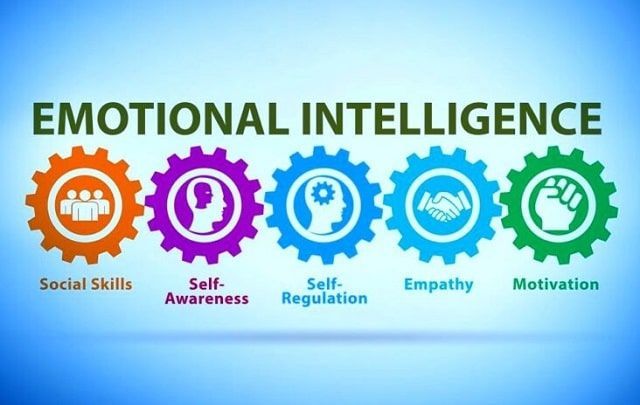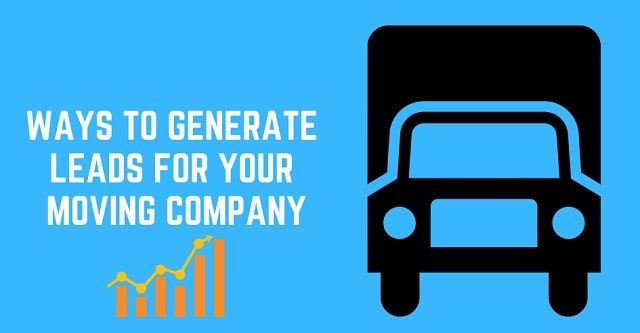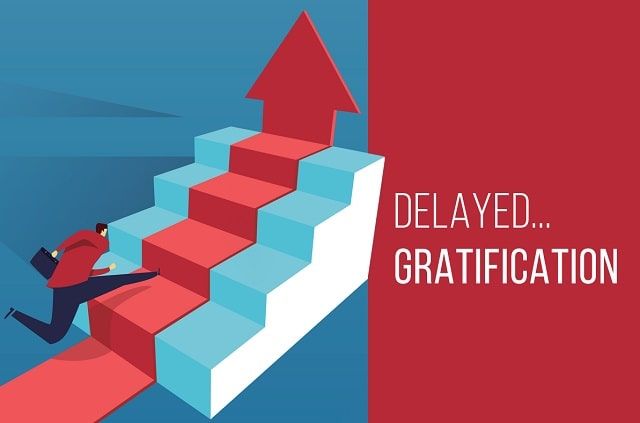The Essential Marketing Funnel: Help, Don't Just Sell
The Only Sales Funnel You Need: Stop Marketing Start Helping
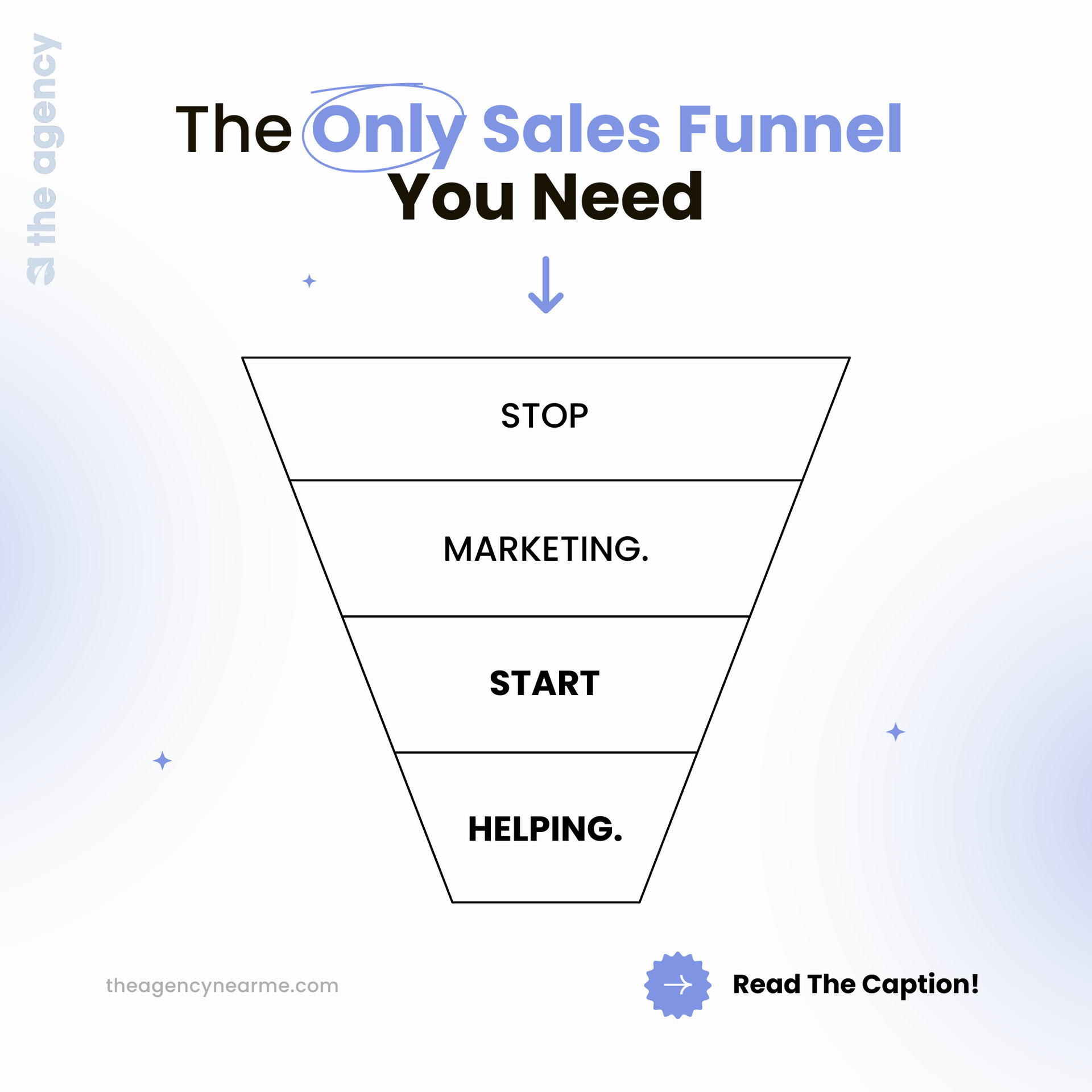
Key Highlights
- Traditional sales funnels focus a lot on upselling and quick profits.
- A simpler sales funnel that gives customer support helps build trust. This builds loyal relationships and allows for ongoing growth.
- Changing the funnel means moving from just selling to solving problems with personalized solutions for customers.
- A help-first approach is what modern buyers expect. It shows how important it is to be open, trustworthy, and give real value.
- Using natural growth strategies lowers marketing costs. It brings in the right customers by building trust and strong relationships.
- Practical steps that put the focus on the customer, like understanding your audience and creating helpful content, improve every area of the funnel well.
Sales funnels are important for any marketing strategy. They can be hard to understand and might scare potential customers away.
So, what should we do? We can see the funnel as a way to help people, not just as a tool to sell. A newer way of thinking allows marketers to build relationships, earn trust, and increase sales naturally. They must pay attention to what customers want at each stage of the marketing funnel. By creating good experiences in each series of stages, businesses can make customers happy and achieve lasting success. Are you ready to change your strategy? Let’s learn more
The common frustration with complex, pushy sales funnels.
Navigating tough sales funnels can be hard for potential customers. The strong pressure from marketing teams can feel frustrating and make people unsure. This often leads them to want to leave. Traditional funnel models can confuse. They often focus too much on fast sales, not on building real connections. This way of selling can push prospects away. It doesn’t meet their true needs in their customer journey. The experience may feel more like a chase than a helpful conversation.
A simplified sales funnel focused on helping customers builds trust and drives sustainable growth.
A simple sales funnel can make a marketing strategy better for businesses. By moving away from old, pushy methods, companies can build real connections with people. This enhances the customer experience. As a result, potential customers feel trust and want to get involved. Loyal customers become promoters, which helps growth naturally. In this funnel, each step meets the needs of the customer. This builds a strong path for long-term success.
Redefining the funnel, the help-first approach, and practical steps.
This blog will start by changing how we view the marketing funnel. It will show a new approach that focuses on helping people instead of just selling to them. Next, we will look at the help-first method. This method shows how trust and understanding can create strong connections with potential customers. In the end, we will share practical steps to build a successful help-first sales funnel. These steps will center on strategies that improve the customer journey and support long-term growth. Each part is made to give you the tools you need to do well in a tough market.
The Problem with Traditional Sales Funnels
Conventional sales funnels use the AIDA model. But they do not explain how customers really make their buying choices. The stages, which are Awareness, Interest, Decision, and Action, are set. However, they fail to represent the complicated process that customers go through when they decide to buy something.
This gap leads to serious problems. It can waste money on difficult campaigns and turn away potential buyers. When we only think about quick sales, we can hurt our chance to build trust and connections. This often makes more customers leave. To fix these issues, we need to see the funnel as a tool for partnerships, not just a way to make money.
Overview of conventional funnels: Awareness, interest, decision, action (AIDA model).
What is a marketing funnel and how does it work?
A marketing funnel shows how a customer moves from finding out about a product to buying it. It includes several steps. First, you attract potential customers. Then, you engage with them by sharing helpful information. Next, you build a relationship with leads to turn them into loyal buyers. Understanding this process helps businesses change their plans to achieve great results.
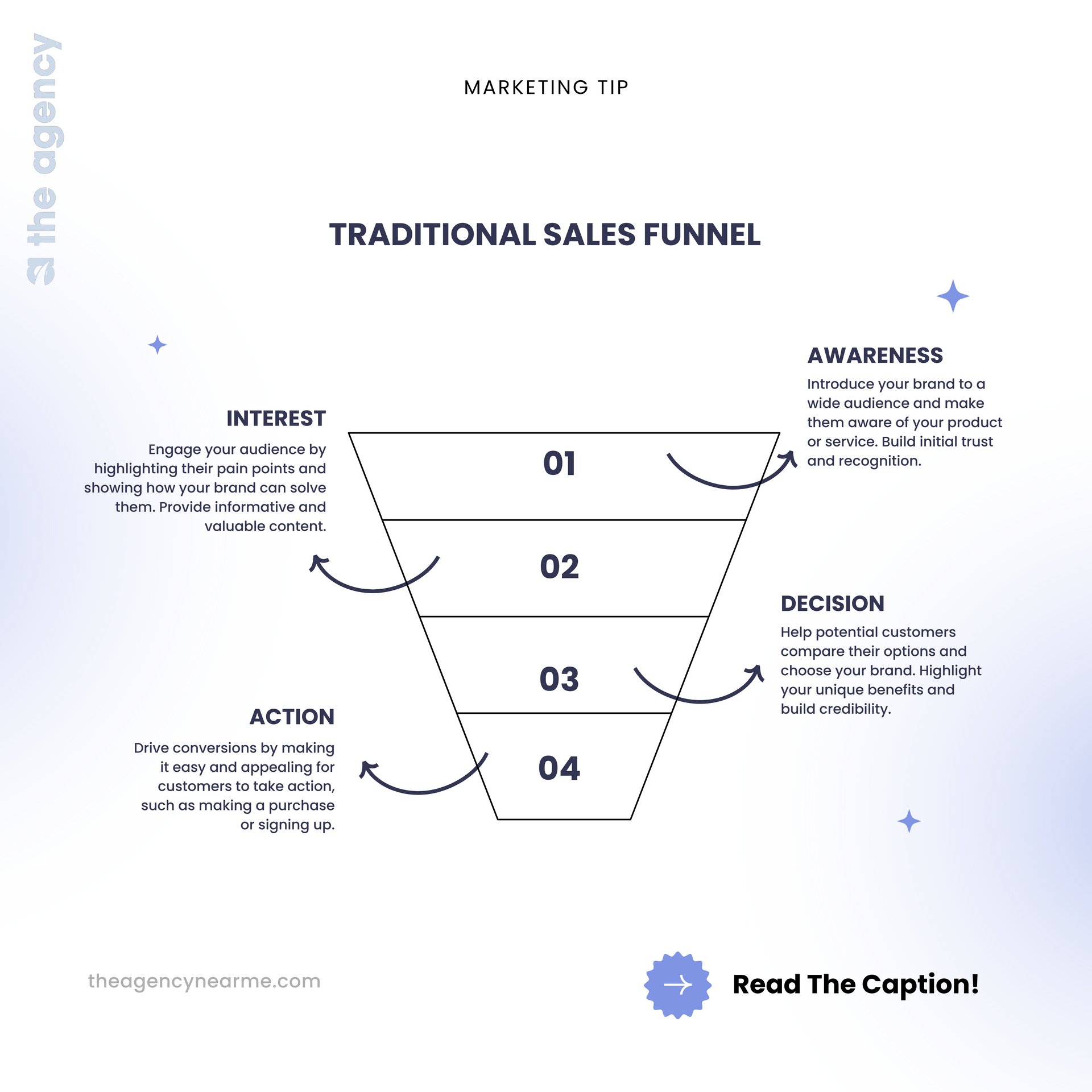
Traditional Marketing funnels often use AIDA strategies in the middle of the funnel. AIDA stands for Awareness, Interest, Decision, and Action.
In the awareness stage, potential customers learn about a brand or product. They do this through various means like social media and content marketing. When they reach the interest stage, they become curious and want more information.
Next, in the decision phase, they think about their options and weigh the benefits.
This helps them get ready to move to the next stage of the funnel.
Finally, in the action phase, they choose to make a purchase or connect with the brand. This moment is crucial in the customer journey.
Overemphasis on manipulation, aggressive upselling, and short-term gains.
Complex sales methods can make potential customers feel uneasy. A lot of upselling
can damage real connections and make the customer experience worse. This can turn people away when it counts the most. Quick profits might look good, but they ignore the importance of building strong relationships. These relationships are vital for loyalty and getting repeat business. This way of thinking can harm marketing efforts, waste resources, and hurt brand trust. If you decide to manipulate instead of being honest, it could harm customer retention and your brand's reputation.
Customer distrust, high churn rates, and wasted marketing budgets.
Ineffective sales funnels can damage trust with customers. When customers are unsure about marketing claims, they feel skeptical. This can lead them to choose companies that appear more honest and attentive to their needs. It can also create financial problems. When marketing plans do not work, budgets can increase. This results in having less money to reach potential customers. If brands do not form genuine connections, they risk losing loyal customers. Losing these customers would reduce their customer lifetime value and harm their success in the market.
Redefining the Sales Funnel: The Help-First Philosophy
Changing the way we sell starts with changing the funnel. A help-first approach takes the place of old selling methods. It introduces new techniques that focus on solving problems. This approach wants to find solutions in every interaction.
This basic idea is about understanding what customers want. It focuses on changing features or content to solve their issues. Businesses that use this method build better relationships. They care about more than just fast sales. They become trusted partners in their customers’ journeys. Marketers should push themselves not just to make more sales, but to offer better support.
Shift from selling to solving customer problems.
Putting solutions before sales changes the customer journey for brands. It helps them connect better with potential customers. This shift allows marketing teams to understand the real problems their audience faces. They can then make plans to meet these needs. By focusing on solving issues rather than just selling products, companies can improve the customer experience and build trust. This approach aligns with what consumers want today. It also encourages loyalty, leading to a higher customer lifetime value and steady growth.
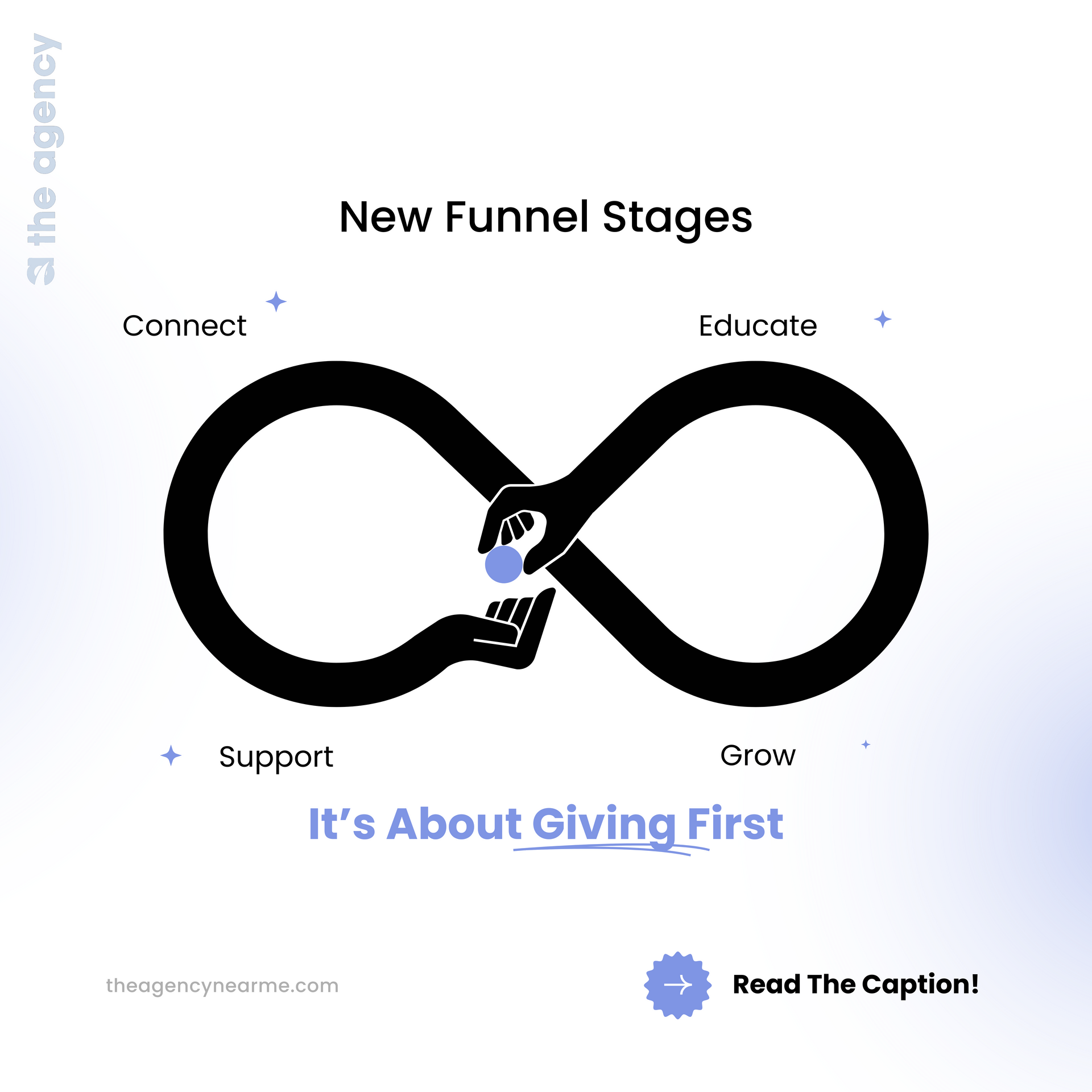
New funnel stages:
Innovative stages change how potential customers feel about their journey. This improves their experience. First, connect with them by being kind to build real relationships. Next, teach them by sharing useful resources that help solve their problems without wanting anything in return. Then, give them support with personalized solutions that focus on their success. Lastly, grow by creating loyalty and giving value over time. This complete approach aligns with what modern buyers want. It boosts engagement and builds a strong brand image.
Connect: Build genuine relationships through empathy and understanding.
Empathy is key to connecting with potential customers. When we understand what they go through, their problems, and their needs, we can build a better bond than regular marketing. Marketing teams that listen carefully and have open talks learn about the specific stages of the customer journey. This leads to more brand awareness and helps build customer loyalty. When customers feel valued and understood, real relationships develop. This builds trust, which creates a strong foundation for success in the sales funnel.
Educate: Provide valuable, no-strings-attached resources to address pain points.
Offering helpful resources without pressure is really important. It helps potential customers solve their problems. This makes the customer experience better and shows your brand is reliable. By writing interesting blog posts, hosting helpful webinars, or creating useful guides, people can find solutions without feeling forced to buy. This is especially good for those in the middle of the funnel. It builds real connections and encourages them to return for more info. In the end, this increases customer lifetime value and loyalty.
Support: Offer tailored solutions that prioritize customer success.
Offering personalized solutions helps potential customers in their journey. When marketing teams understand each person's challenges, they can create products that truly connect. This improves the customer experience and builds trust and loyalty. When you provide these solutions along with real support, it encourages people to share their positive experiences. This makes your brand feel like a helpful resource. Keep your sales funnel running smoothly by providing value and showcasing the right solutions. This builds a partnership focused on the success of the customer.
Grow: Foster loyalty and advocacy through ongoing value.
Building strong relationships with customers is key to earning their loyalty and support. When businesses share helpful information, it improves the customer experience. This helps customers feel appreciated while they engage with the brand. Marketing teams need to focus on staying connected. They can use email marketing and social media to send personalized messages that strengthen this relationship. This method boosts customer lifetime value and encourages more referrals through word-of-mouth. Happy customers can turn into true fans who easily share their positive experiences.
Why it works: Aligns with modern buyer expectations for authenticity
and transparency.
Using a help-first sales funnel helps you reach today’s buyers who value honesty. This method increases engagement. It encourages potential customers to share their positive experiences. When businesses are clear and open, they gain trust. This makes customers feel valued during their journey. As marketing teams adopt this approach, they create opportunities for loyal customers to support their brands. By concentrating on real connections, companies can enhance customer experiences and build lasting relationships. This strategy can also drive growth, even in a tough market.
Benefits of a Help-First Sales Funnel
A help-first sales funnel can really build trust with potential customers. It makes relationships stronger during the customer journey. This strategy increases customer lifetime value by encouraging loyalty. It can also lower marketing costs by focusing on organic growth and referrals. When companies focus on helping people, they create a good brand image. This attracts the right customers through word of mouth. Overall, this marketing strategy is great because it meets the need for being real and clear today. It's good for both businesses and their customers.
Builds trust and credibility with prospects.
Building trust and credibility is very important for good marketing. When brands focus on real interactions, they can create strong connections with potential customers. This makes them feel more comfortable when starting to buy something. A great way to do this is by having open conversations and being honest. These things help build trust. It not only improves the customer journey but also turns potential customers into loyal fans of your brand. When they share their positive experiences, word-of-mouth marketing boosts your credibility and makes your position in the market stronger.
Increases customer lifetime value through loyalty.
To gain customer loyalty, giving true value is very important. This value helps customers stay with the brand longer. When brands pay attention to customer experience, they get people to return and buy more. They also create fans who tell good stories about the brand. This helps the customer base grow on its own. Because of this, marketing teams can save money searching for new customers. They can focus more on caring for the customers they already have. Being consistent in offering value is the key to making profits over time.
Reduces marketing costs by focusing on organic growth and referrals.
A help-first sales funnel makes marketing simpler. It grows gradually and encourages referrals. This method helps businesses save money. Instead of spending heavily on ads, they connect with people in a honest and clear way. This helps build trust and encourages word of mouth. Trust leads to loyal customers who spread the word about the brand. As customer lifetime value goes up, businesses spend less on marketing. This allows them to use their resources better and smarter.
Creates a positive brand reputation that attracts ideal customers.
A strong brand reputation starts with happy customers. When businesses focus on giving real value and not just selling, they create loyalty and gain support from their audience. This can lead to more word of mouth and recommendations. A good reputation brings in the right customers and helps build better relationships with them. By always offering useful resources, the brand earns trust. This makes customers feel valued and recognized. This approach meets the changing needs of buyers today.
How to Build Your Help-First Sales Funnel
Building a sales funnel that supports people starts with knowing your target audience. First, do some research through surveys and interviews. This helps you understand the problems potential customers face. Next, create useful content that speaks about these issues, making it easy for them to find. It's important to be genuine and engaging. Use social media and email marketing to create strong relationships with them. Finally, ensure your solutions feel personal. Focus on building lasting connections that show customer satisfaction and success.
Step 1: Know Your Audience
Understanding your audience is very important for a successful help-first sales funnel. You need to discover what your customers struggle with, what they want, and what they enjoy learning about their journeys. You can gather helpful insights by using methods like social listening, talking with customers, and sending out surveys. This information allows marketing teams to create solutions that meet the needs of potential customers at each stage of the funnel and improve their experience. Knowing your audience well makes your marketing efforts stronger and builds better, lasting relationships.
Research customer pain points, goals, and preferences.
It's important to know what customers want and the problems they have for good marketing. You can learn about your target audience's needs through surveys, interviews, or listening to them online. This research helps you make content that addresses their specific issues. It also allows you to connect better with prospective customers. When you understand what influences their choices, you can improve their customer experience. This builds trust and lets you talk to them honestly. As a result, it helps guide them through the stages of the marketing funnel.
Use surveys, social listening, or customer interviews.
Using surveys, social listening, and customer interviews can help you understand what potential customers need and want. Surveys can show specific problems that customers face. Social listening helps you see how people feel and what they say about your brand. Tools like Google Analytics can gather even more data. Customer interviews give you deeper insights through real stories and feedback. By using these methods in your marketing efforts, you can improve customer experience. This creates a more personal approach at the different stages of the marketing funnel.
Step 2: Create Valuable Content
Good content plays a big role in the customer journey. It helps meet the needs of potential customers. You should offer free resources like guides, webinars, and templates. These tools should help solve real problems without any restrictions, like gated content. This approach creates a positive customer experience. It encourages people to engage without feeling pressured. Customers like having easy access to information. This can boost brand loyalty and improve conversions. When you focus on adding value rather than just selling, it builds trust. This way, your brand becomes a reliable resource in your marketing strategy.
Develop free resources (e.g., guides, webinars, templates) that solve real problems.
Creating free resources is a great way to attract potential customers. Guides, webinars, and templates can help solve specific problems your target audience faces. When you meet their needs, they feel valued. This improves the customer experience and makes your brand a trusted resource. Being easy to access helps create loyalty. That can lead people to share your brand with others. As a result, you can enjoy steady growth without hard sales methods like you used in the past.
Avoid gated content; prioritize accessibility.
Providing value should be simple. Gated content is used to collect leads, but it can annoy potential customers who are just getting to know your brand. Instead, let people access resources freely. This allows them to explore without any obstacles. A better customer experience makes your brand feel more trustworthy. When you share open and free content, your audience can find out more about you. This helps them understand your brand better and go through the stages of the marketing funnel easily.
Step 3: Engage Authentically
To make real connections, you need to be genuine on several platforms. Use social media and email marketing to answer questions and share your knowledge. Start discussions with people. A great way to engage is by inviting them to join your email list. Do not push them to buy. Instead, be a reliable source for your potential customers. When you connect in a friendly way, it improves their customer experience and guides them through the funnel. Building relationships like this creates loyalty. It turns simple chats into valuable links that can lead to more sales.
Use social media, email, or communities to answer questions and provide insights.
Engaging with potential customers on social media, through email, and in community groups is key to your helpful approach. These platforms let you talk to them in real-time. You can answer their questions and ease their concerns. Instead of just using regular sales pitches, your marketing strategy gives useful insights. This builds trust and creates loyal fans. This way of connecting also enhances the customer experience. It makes your brand feel like a reliable resource during the customer journey.
Avoid hard sells: focus on being a resource.
Building a real connection with potential customers is very important. It's better to stay away from pushy sales tactics. Instead, focus on providing useful information. Be a helpful resource for them. You can share your knowledge through blog posts. Answer customers’ questions on social media. Give advice that fits their needs. When you do this, you create trust. This also improves the customer experience. It helps them move through the sales funnel easily. They will see that you care about their success.
Step 4: Offer Tailored Solutions
Showing products and services often helps you connect with potential customers. Personalizing this experience is key. Suggestions should fit the needs of each person. When you create experiences that appeal to different groups of customers, it can improve the customer journey and build trust. Marketing teams can use feedback from interactions to make their offers better. This helps keep their solutions useful in solving customer problems.
Present products/services as natural extensions of the help provided.
I know that understanding customer struggles can create valuable solutions. Instead of forcing your products onto them, it’s smarter to link what you offer with the help they get already. When your products fit the customer experience, they feel like an easy option. This makes customers feel good about the value of what you sell. Trust comes from their past experiences. When customers see how well your products meet their needs, sales come from real interest, not from pressure.
Personalize recommendations based on customer needs.
Understanding what people want makes the customer experience feel special. Marketing teams can use data from surveys and social media. This data helps them connect with potential customers. When this happens, engagement goes up. Products feel like real answers to everyday problems. With machine learning, businesses can change their suggestions when needed. This keeps these solutions relevant at all stages of the marketing funnel. It also helps build better loyalty and support from customers.
Step 5: Nurture Long-Term Relationships
Building good relationships is important for keeping customers loyal. After someone makes a purchase, check in with them. This ensures what you offer meets their needs. It also makes their experience better and shows you care. Ask for their feedback to encourage open conversations. This shows you want to improve and makes customers feel like partners. You can also give special content or discounts as a reward for loyal customers. This helps build a stronger connection with your brand. When you do this, regular customers can turn into advocates for your brand. This increases word of mouth and helps your marketing strategy grow.
Follow up with customers to ensure success.
Building a good relationship with customers goes beyond their first purchase. It's key to keep in touch by reaching out often. When you check in with them after they buy, it shows you care. This makes them feel valued and improves their customer experience. You can use email marketing or social media to connect with them, ask for feedback, and fix any issues they may have. By doing this, you show that you care about their success. This can lead to more customer lifetime value and stronger loyalty from your audience.
Encourage feedback and reward loyalty (e.g., exclusive content or discounts).
Giving positive feedback is important for improving the customer experience. It shows that a business cares about how customers feel. Businesses can check surveys or social media to understand customer happiness. This helps them discover ways to make things better.
Rewarding loyalty is a wise decision. You can offer special content, discounts, or early access to new products. This practice helps create stronger links with customers. It makes them feel more involved and encourages them to recommend you to others. When customers feel good, they often turn into loyal fans of the brand.
Loyalty programs work best when they match what customers enjoy. When these programs are designed well, they can greatly increase customer lifetime value.
Real-World Examples
Many successful sales funnels focus on helping the customer first. A small business grew by hosting free workshops and giving free trials. This attracted new customers and built strong relationships. It led to more sales. A SaaS company reached out to potential clients by writing helpful blogs. This method cut down on losing customers and encouraged upgrades. These case studies show that when businesses pay attention to customer needs and offer real value, they can greatly improve the customer experience. This change leads to better results in their marketing campaigns.
Case Study 1: A small business that grew by offering free workshops, leading to organic sales.
A local bakery updated its marketing strategy. They started offering free baking workshops for the community. By using social media marketing and search engine optimization, the bakery attracted potential customers. In the awareness stage of the funnel, they showcased their skills and built real connections. People who joined the workshops had fun and became loyal customers. This approach boosted sales with little added effort. The strategy was effective at the top of the funnel and centered on customer experience. This shows that by helping people first, businesses can grow and create a strong customer base.
Case Study 2: A SaaS company that used educational blogs to reduce churn and boost upgrades.
An example of this is when a SaaS company changed its marketing strategy. They began writing educational blogs. These blogs talked about problems users have and gave helpful information. This support helped potential customers during the consideration stage of the sales funnel. Because of this, the customer experience got much better, and fewer people left. As engagement grew, more users decided to upgrade. Loyal customers shared their success stories through word of mouth, which helped the company grow.
Key takeaways: Practical proof that helping first drives measurable results.
Taking a help-first approach can greatly improve the customer journey. Many case studies confirm that this method builds more loyalty and trust. When brands provide helpful content and create real relationships, they do not feel the need to push for sales. This creates a strong base for long-term success. Examples from real life show that marketing efforts focused on solving problems instead of just selling can boost a business's image. They also notice better customer lifetime value and higher conversion rates. Sustainable growth begins with helping.
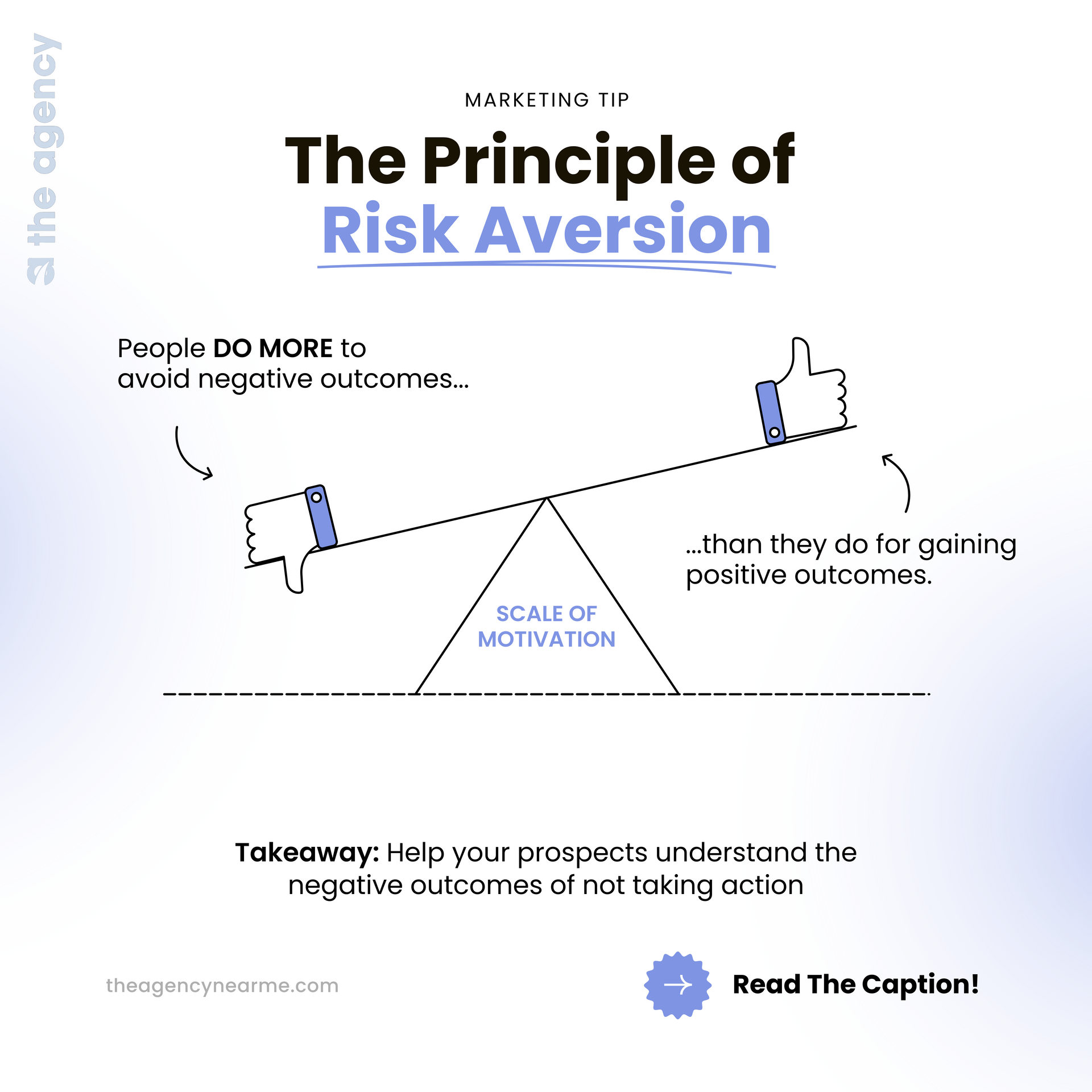
Listen to a summary and discussion of this article.
Common Mistakes to Avoid
Making the funnel complicated with extra steps can damage your marketing strategy. It can confuse potential customers. A simple approach is very important. A simple way helps leads move smoothly through the stages of the customer journey. Being too pushy with sales too fast can hurt trust. This may turn clients away instead of helping to build loyalty. Regular follow-up is key. If you forget to build strong relationships or give value at different stages of the funnel, you might miss opportunities. This can lead to more customers leaving, which lowers your customer lifetime value. It may slow down the growth of your business.
Overcomplicating the funnel with unnecessary steps.
Streamlining the funnel is very important for improving the customer journey. You need to focus on each stage of the customer journey. A common mistake is adding too many steps. This can overwhelm potential customers. When this happens, people are less likely to stay engaged. A complicated marketing strategy can confuse new leads. This confusion can create problems at several stages of the sales funnel. Instead of helping people make a decision, it can drive them away. As a result, churn rates can go up, and customer lifetime value can go down. A simpler approach helps people move smoothly through the sales funnel. This leads to a better customer experience.
Being too salesy too soon, which undermines trust.
Aggressive selling can ruin a customer's experience. It can break trust before they feel any connection. If you rush promotions without showing value, your brand may feel too much for them. This can push potential customers away. A good marketing strategy should feel like a friendly chat, not a long lecture. When you really engage, you build better connections and loyalty. A caring approach makes customers feel valued and understood. This helps improve their experience with your brand.
Neglecting follow-up or failing to deliver consistent value.
Not staying connected or not providing value can hurt your marketing strategy. If you don't reach out after your first contact, potential customers may feel ignored. This may cause them to lose interest and affect the customer journey. In these situations, trust might not increase. When you share helpful insights through blog posts and useful resources, you build loyalty and improve the customer experience. By following up, you create strong relationships. Your customers will see your brand as a valuable resource, not just a place for buying and selling.
A help-first sales funnel is easy to understand. It puts the customer first. This builds trust and makes the customer feel good. When businesses focus on real problems and offer true value, they create a strong marketing strategy. This strategy brings in potential customers and keeps them loyal for a long time. Changing from a pushy sales method to one that helps customers can lead to great results. It shows that doing business ethically and building a good reputation can go hand in hand. Start today. Pick one problem and create a resource that reaches out to people.
Start by identifying one customer pain point and creating a free resource to address it.
Start your journey by finding a problem that your target audience has. When you know what it is, create a free resource to help them. This could be a guide, a webinar, or a checklist. By giving this resource, you can turn unsure people into qualified leads. As your audience interacts with this free content, they will begin to trust you. This builds your relationship with customers and helps guide them through the stages of the funnel. Use this way to start your help-first strategy.
Helping isn’t just good ethics—it’s good business.
When businesses pay attention to what customers want, they make the sales funnel better. Companies help customers instead of just trying to sell. This creates a real customer journey. It builds trust and loyalty. It also improves the customer experience and leads to future success. When customers are happy, they talk about their experiences. This increases brand awareness through word of mouth. In the end, showing these values in marketing proves that helping customers is both the right thing to do and a smart choice that leads to great rewards. Schedule a free meeting to discuss your business today.
Frequently Asked Questions
Is the marketing funnel outdated?
While some may argue that the traditional marketing funnel is outdated due to changes in consumer behavior, it has evolved into a more dynamic model. Today's marketing landscape emphasizes customer relationships over mere transactions. Modern buyers expect personalized experiences and meaningful interactions throughout their journey. The funnel now encompasses various touchpoints and stages, acknowledging that customers may loop back or jump between different phases based on their needs and experiences. Therefore, rather than being obsolete, the marketing funnel has transformed, adapting to a more holistic approach that integrates awareness, consideration, conversion, and post-purchase engagement.
Is a marketing funnel the same thing as a sales funnel?
While the terms "marketing funnel" and "sales funnel" are often used interchangeably, they do have distinct meanings. The marketing funnel primarily focuses on the stages a customer goes through before making a purchase, encompassing awareness, interest, and consideration. It aims to attract potential customers and nurture them through educational content and engagement strategies. On the other hand, the sales funnel hones in on the actual process of converting leads into paying customers. This includes direct interactions like sales pitches, negotiations, and closing deals.
What do you measure in a marketing funnel?
Measuring success within a marketing funnel involves analyzing key performance indicators (KPIs) at each stage.
Common metrics include:
- Awareness: Track impressions, reach, and website traffic. Understanding how many people are exposed to your brand helps gauge overall visibility.
- Interest: Monitor engagement metrics such as click-through rates (CTR), social media interactions, and content downloads. These indicate how effectively you capture the audience's attention.
- Consideration: Evaluate conversion rates and lead generation statistics.
